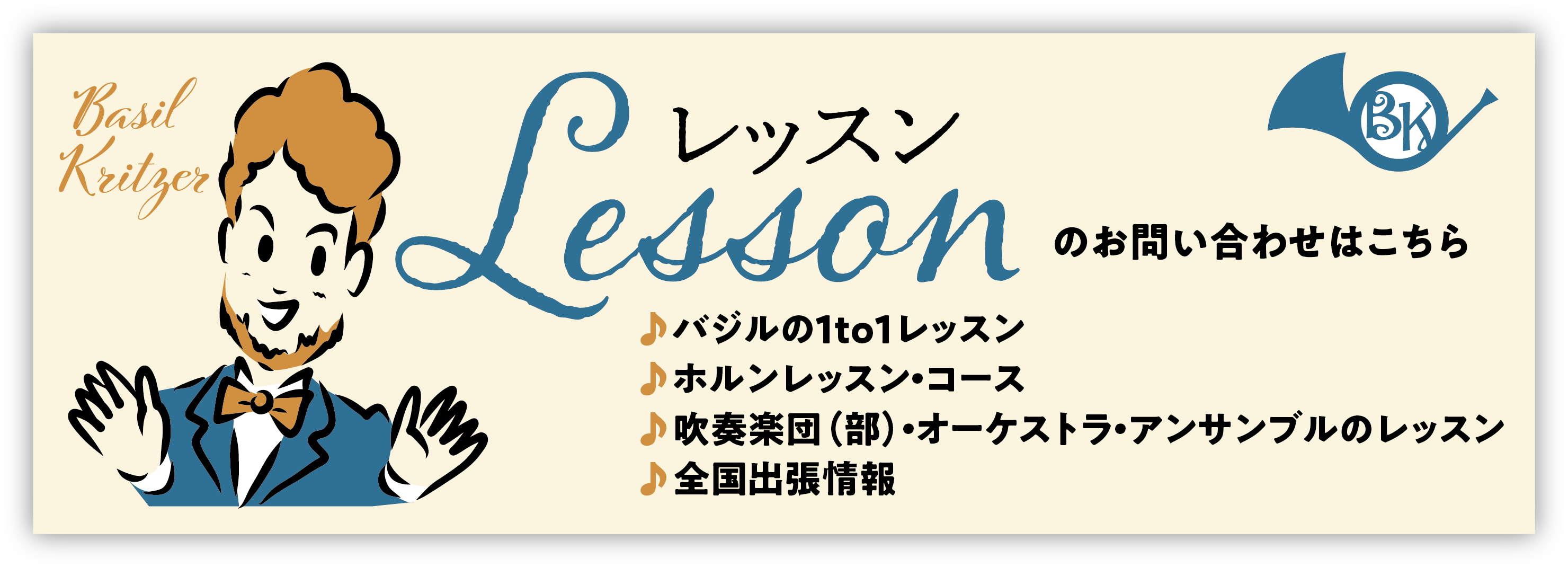きょうはワシントン大学パフォーマンス効率性訓練首席講師でアレクサンダーテクーク教師のキャシー・マデン先生から
気をつけの姿勢の危険と弊害
についてお話しをお届けします。
日本で教育に携わるみなさまへ
ワシントン大学パフォーマンス効率性訓練首席講師
キャシー・マデン
【気を付け、という名の国民病】
「日本の”国民病”の原因はおそらく “気を付け”の姿勢であることについて」
熱心な教育者なら誰でも、自らの生徒を手助けしようとしていることを私はよく理解しています。
まさにそれだからこそ、私は今回このメッセージを書いています。
もしあなたが、普段の「教え」の中に「気を付けの姿勢」を頻繁に使っているとすれば、それは結果的にあなたの生徒に害を与えていることになると、私は考えるのです。
もし、実は害を与えているだと知っていれば、「気を付け」の姿勢を教えること、実践させることはきっと止めて下さると信じています。
【気を付けの姿勢は、もうやめるべき時期にきている】
そう、もう「気を付け」はやめるべき時期にきているのです。
東京と大阪のアレクサンダー・テクニーク教師養成スクール「BODY CHANCE」に毎年招かれ、教えている経験から、これまで腕や肩の痛み、呼吸の問題、腰痛に苦しむ大人の方の手助けをする機会が頻繁にありました。いずれも、長年に亘る「気を付けの姿勢」が原因だったのです。
わたしたち人間の腕は、「気を付けの姿勢」におけるように身体の重心より後ろ側に引っ張り続けるのに適した構造をしておりません。
腕は、胴体との関係において自由に動くべきものとして設計されており、日常の活動においても、専門的技能においても、腕の可動性を味わえるはずなのです。
腕が恒常的に後ろに引っ張られると(実際、わたしは腕の関節をねじりながら腕を後ろに引っ張って気を付けの姿勢を取ろうとするひとたちを見ることもありました)、身体システム全体がバランスを乱されてしまいます。
このバランスを失うと、脊椎の支えが極小化されるか完全に失われてしまうかします。それを補完すべく、私たちの身体システムは不適切な筋肉のはたらきでなんとかしようとします。この無理な補完作用が長期化すると、痛みや怪我にまでつながります。
昨年日本を訪れた際、私は日本の学校教育の中で生徒が一日実に何度も「気を付けの姿勢」をさせられることを知り、ショックを受けました
【気を付けの姿勢は肩凝りの原因】
もはや、肩こりが日本の成人の間で大きな問題となり慢性化していることを知っても驚きではありません。
筋骨格系の痛みは「病気」や「伝染病」ではありません。こんなにもの多数の人が、特定の場所の特定の痛みを訴えているのならば、それは「気を付けの姿勢」の習慣化が原因に違いないのです。
「気を付けの姿勢」は腕と肩でやっていることですから、「気を付けの姿勢」の効果が「肩こり」であることは不思議でないのです。
BODY CHANCE の教員たちをはじめとしたアレクサンダー・テクニーク教師や、他の様々な健康ケアを職業とする人たちはいままさに、国民病と化した成人の肩こりに向き合っています。
まずは「気を付けの姿勢」をやめること。それを脱習慣化すること。あなたの生徒やクライアントに最良の教育を与える第一歩は、そこからです。
キャシー・マデン
【以下原文】
To: Japanese Educators
From: A University of Washington Principal Lecturer, Cathy Madden
(Specialty―Efficient Coordination for Performance)
Kyotsuke is probably the cause of the current “epidemic” of Katakori
I know that all dedicated educators seek to help their students.
It is for that reason that I write to you. If you regularly use “kyotsuke” as part of your teaching process, I believe that you are hurting your students. If you knew that you were hurting them, I believe that you would stop the practice.
It is time to stop the practice.
As a Visitor to Body Chance, an Alexander Technique school in Tokyo and Osaka, I have frequently helped an adult whose arms or shoulders were hurting, who had frequent headaches, who had trouble breathing, or who had low back pain to undo the years of “Kyotsuke “ training. Our arms aren’t designed to be pulled back behind the center of balance of the body. They are meant to be able to move freely in relationship to the torso so that we can enjoy freedom of movement in our daily and specialized tasks. When they are consistently pulled back (and in some cases, I have seen that students have actually twisted their arms in the joint as they are pulling them back), the whole system is thrown out of balance. Without that balance, there is little or no spinal support so our systems compensate with less appropriate muscle action. Over time, inappropriate muscle action can cause pain or injury.
In my most recent visit to Japan, I was shocked when I found out how many times a day students might be asked to “Kyotsuke”. No wonder there is so much reported Katakori in adults now! Musculoskeletal pain is not “contagious”―for so many people to be reporting a particular kind of pain, it has to come from a learned practice. Since “kyotsuke” involves the arms and shoulders, it seems clear to me that the cause is “kyotsuke” and the effect is “katakori”.
Educators like the teachers at BodyChance, and various health care professionals are dealing with the current Katakori epidemic in adults.
You can support your desire to offer the best education to your students by eliminating Kyotsuke in your daily routine.



勉強になります!
ありがとうございます!
ひめかさん
こちらこそ (^^)/
ありがとうございます。